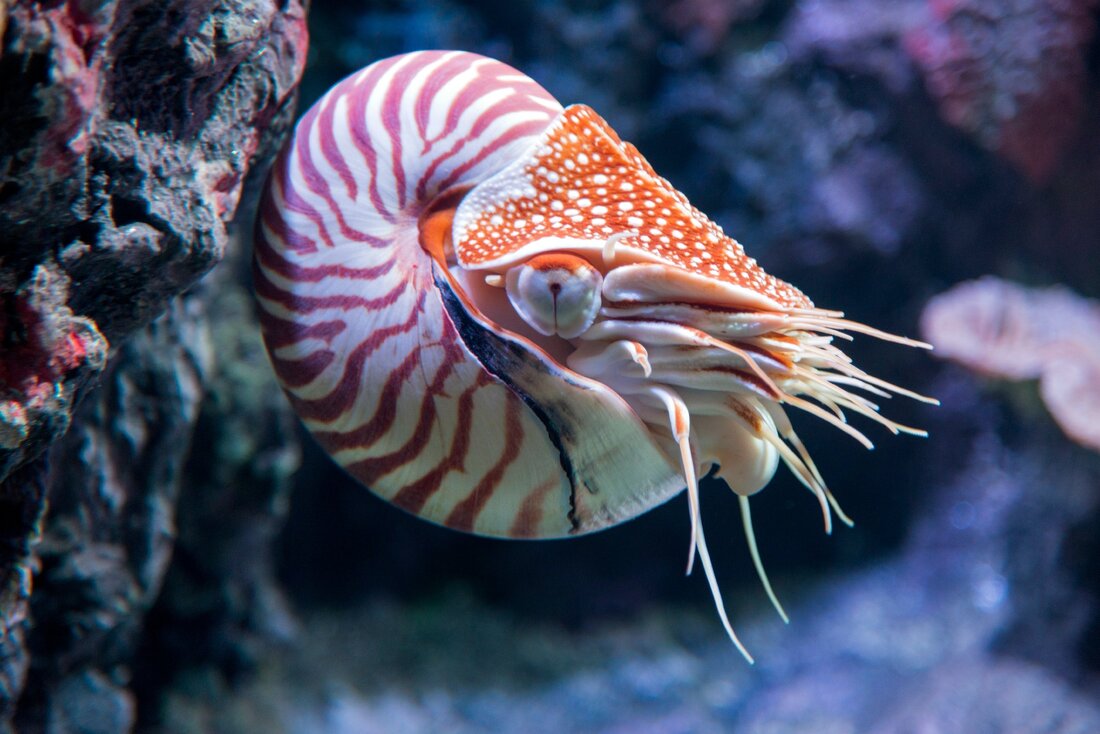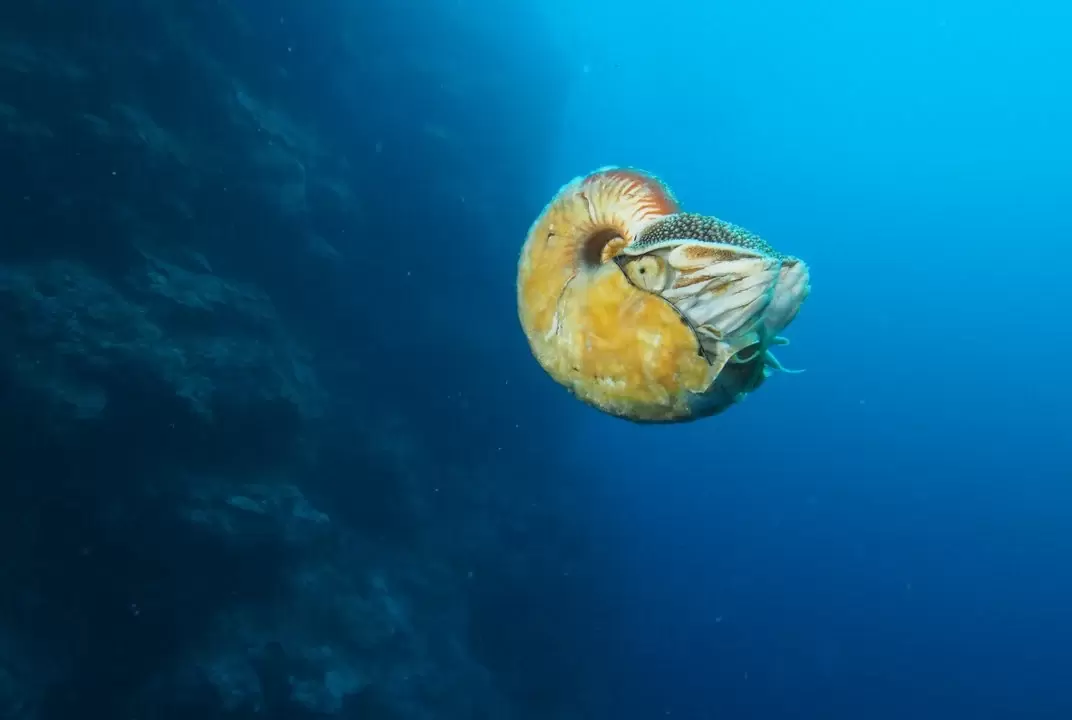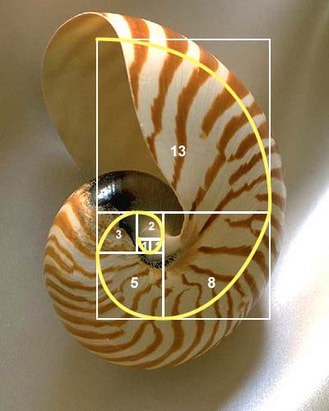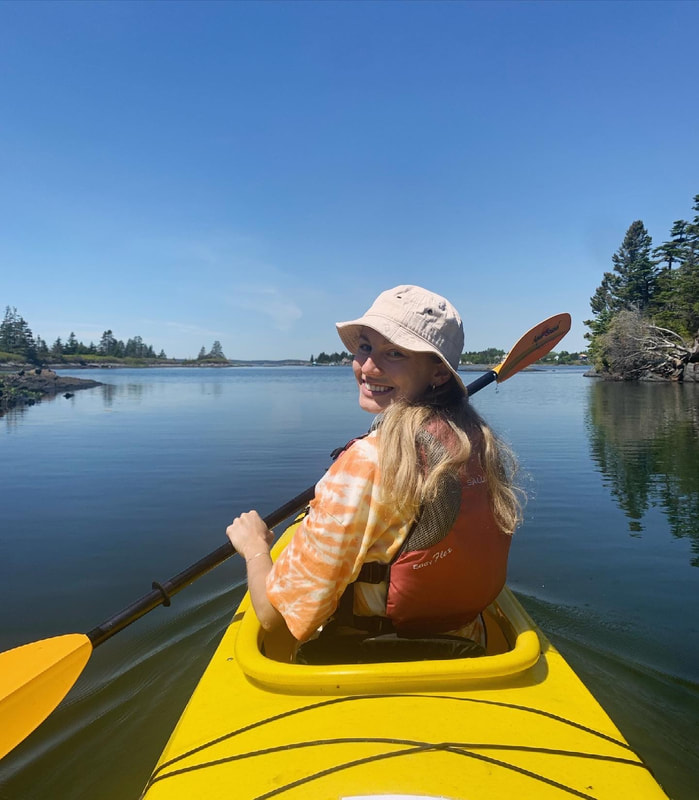|
By Laurel Dykun Today is Fibonacci Day! The day we celebrate the Fibonacci Sequence, a pattern of numbers in which each number is the sum of the two before it - 1, 1, 2, 3, 5, 8, 13 - and so on. It’s named after the Italian mathematician, Leonardo of Pisa, later known as Fibonacci. The sequence can be found in mathematics, architecture, stock-trading, and even in nature! One of the most interesting animals that has the Fibonacci Sequence in its biological design is the nautilus. The Fibonacci spiral drawn in a rectangle (right) and Leonardo of Pisa (left) Image credit: Stefano Bianchetti via Getty Images Meet the Nautilus Nautiluses are marine molluscs of the cephalopod family, think squid with its ‘shell’ on the outside! They are a link to the past and have been around for over 480 million years, swimming the ocean depths before even dinosaurs were around. Today, nautiluses are native to tropical Pacific waters. Unlike other cephalopods like squid or octopus, nautiluses have very poor eyesight, only able to sense how light or dark their surroundings are. Instead, they rely on their strong sense of smell to find food and potential mates. A chambered nautilus (Nautilus pompilius) Image credit: Monterey Bay Aquarium To protect itself from predators, the nautilus can close itself completely inside its shell by shimmying inside and shutting an exterior ‘door’ called an operculum. In turn, they are able to hunt small fish and crustaceans by using jet propulsion to move around the water column, and by using their sticky tentacles (they can have over 90!) to grab onto their meal. Once caught, the nautilus uses their beak-like mouth to chow down. A crusty/fuzzy nautilus (Allonautilus scrobiculatus) Image credit: Peter Ward Cool! But, Where is the Fibonacci Sequence? Were you able to spot it? It’s actually seen in the nautilus’ shell! The spiral curve of the shell follows the pattern of a spiral drawn in the Fibonacci rectangle. This type of spiral is known as a logarithmic spiral and the nautilus is a prime example of its use in nature. Image credit: Math Images Conservation Nautilus shells are coveted for their beautiful appearance as well as the mother-of-pearl substance that lines the inside of it. Since these animals mature late and don’t produce many offspring at a time, shell collecting can mean a significant decline in nautilus populations. Because of this, many organizations stopped selling nautilus shells. And in 2017, the chambered nautilus, which is particularly collected for its shell pattern, was listed as threatened under the Endangered Species Act. Fun Facts!
0 Comments
Leave a Reply. |
Categories
All
We send blog recaps with in all our quarterly newsletters!
|





